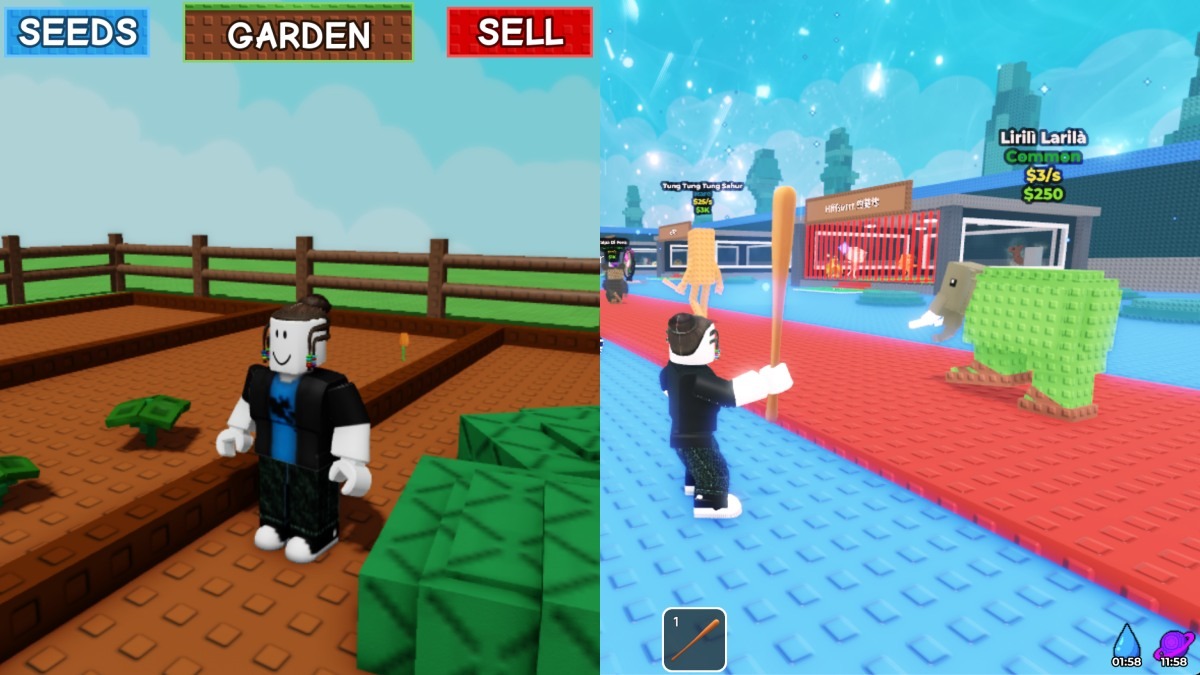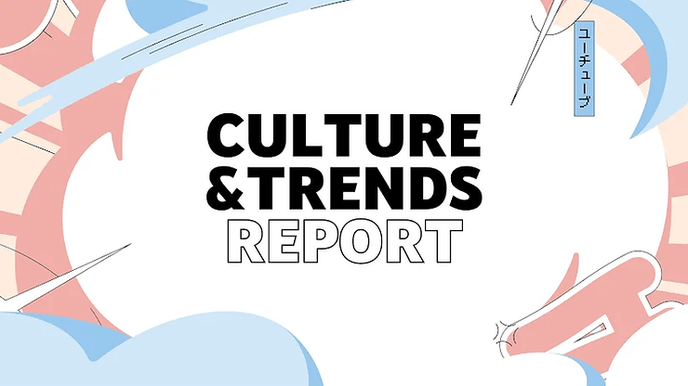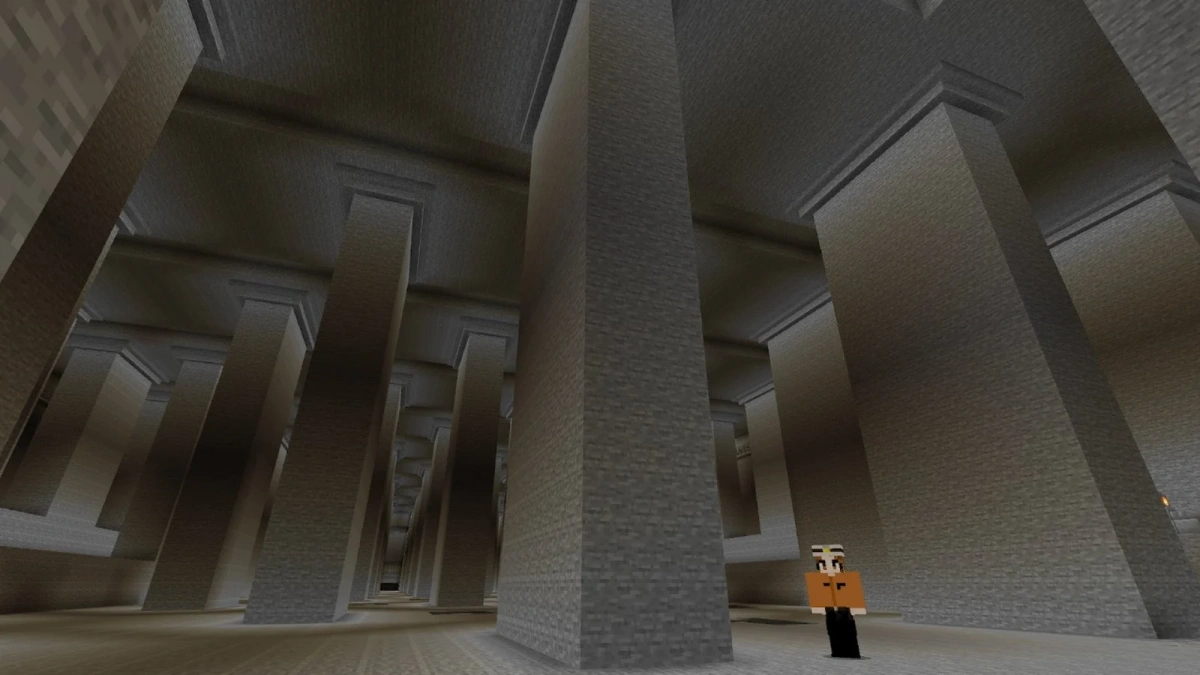Getting a new perspective on story with Tiny Bull Studio’s Blind
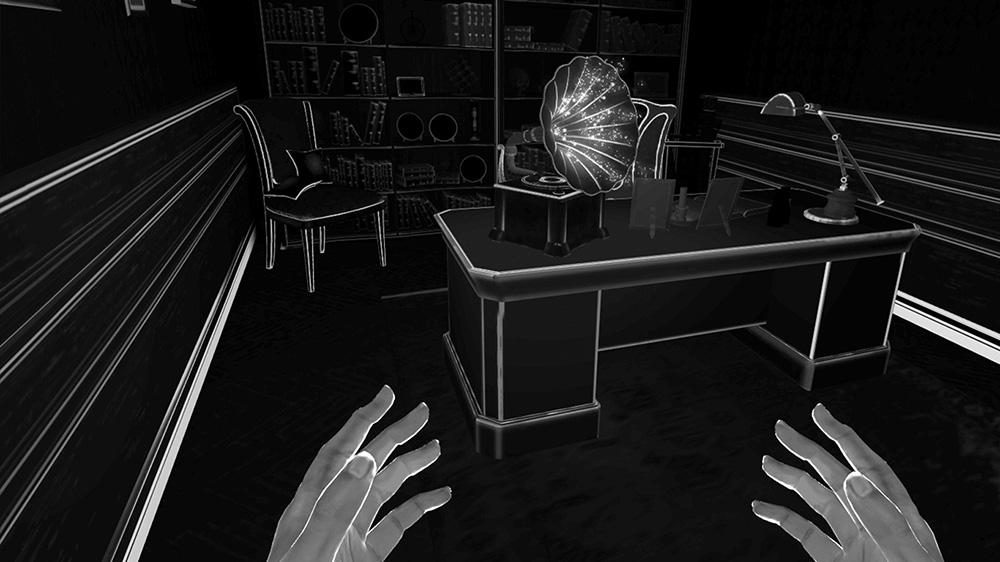
Metaverse
5 minutes read
Blind is a narrative-driven psychological thriller out now on Viveport and via Viveport Subscription that tasks players with navigating mysterious surroundings using unique echolocation. Goaded by a sinister and twisted force, you’ll explore a frightening mansion using sound alone, solving puzzles to uncover the mystery of your predicament. We spoke to the developers at Tiny Bull Studios to hear how they crafted this innovative experience.
Interview by Nathan Allen Ortega, Viveport
Tell us a bit about yourself and the team at Tiny Bull Studios
Hello, I’m Matteo Lana and I’m the CEO here at Tiny Bull Studios. We are an indie developer based in Turin created by myself and my partner in crime Rocco Luigi Tartaglia. We both studied Virtual Reality and Multimedia at Turin University and decided to go indie as soon as we got our master’s degrees. We started small, but now we have over 20 people working on our games. We strongly believe that games are a very powerful way to tell stories, to push people beyond what they know. We want them to experience something unique, capable of making them laugh and have fun, while leaving them with something to remember.
Talk a bit about your previous experience developing content for VR and how it informed the direction of Blind
When we started working on Blind, VR wasn’t really as popular as it is today. We’d never developed any other VR content before and we had to start from scratch while keeping up to date with how the hardware was changing. Now it’s easier to find resources about the VR world, but we had to take the difficult path making Blind. It was hard, sometimes even painful, but we also felt a great sense of satisfaction in the end and it’s because of Blind that we grew so much as a team.

What were some of the biggest inspirations on the design of Blind?
There are a lot of ideas that influenced the design of Blind. First of all, we wanted to deliver a powerful narrative, in which the player could get lost, slowly putting all pieces together. Games like Gone Home and The Vanishing Of Ethan Carter, TV shows like Twin Peaks and Braking Bad, and also movies like Psycho and classic Italian thrillers by Dario Argento had a big influence on us and on the way we decided to tell our story, to create Blind‘s atmosphere and mood. At the same time art nouveau and liberty architecture were fundamental in defining the visuals of the game. The puzzle design was inspired by games such as The Talos Principle, Portal and Myst, but we always kept trying to translate classic concepts into puzzles involving more sound and less visual clues.
Blind is a really unique experience where players navigate a dangerous mansion while visually impaired, using echolocation to guide them. What kind of research did you and the team do in order to craft such an authentic, respectful and satisfying experience?
We focused a lot in studying how echolocation works and it wasn’t easy to translate this kind of mechanic into a VR game. Our sound programmer and sound designer did a great job in creating a dynamic system capable of handling the complexity that emerges when someone is wearing a headset. It is important to remember that Blind is still a video game and not a simulator: which means that all the research we did was integrated with the narrative, the art and the design we developed for the game. All those parts contributed in creating the mood we wanted to deliver to the player in final experience.
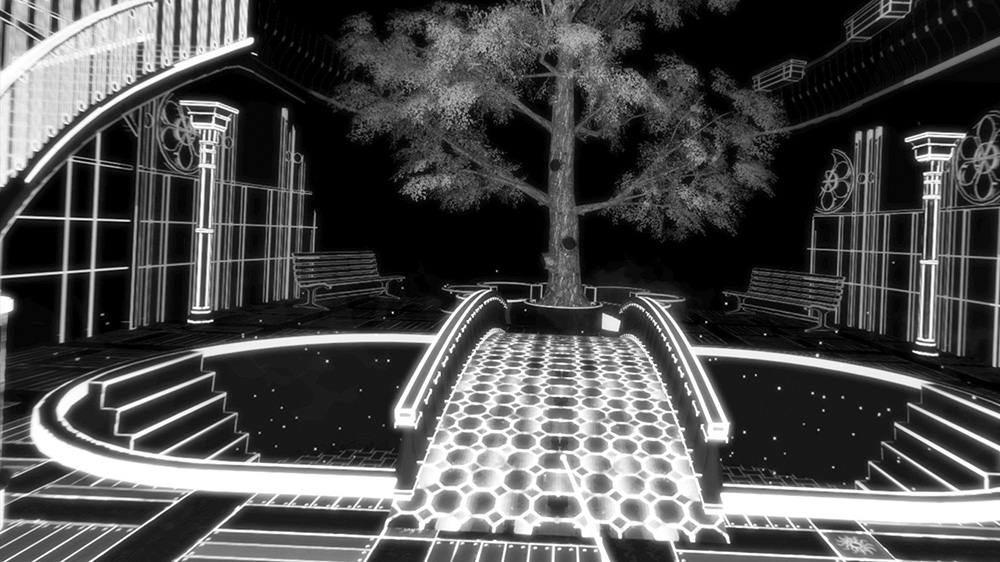
Were there any concepts, sequences or ideas that you wanted to work into the experience but just couldn’t find a way to make it fit?
Absolutely! The development of Blind has been very fluid, as it started as something very different than the game we actually released…
Over the years we kept adding, removing and changing features and concepts, until we got to where we are now, which probably still isn’t the end of Blind‘s journey, as we intend to keep improving it bit by bit until we finally feel it’s done!
What have been some of the biggest challenges in developing Blind?
The main challenge was that, when we started developing Blind, VR technology was way different compared to what we have now. Imagine plugging in your headset, opening your engine and finding out it can’t be recognized by the software. Having to set up everything manually and somehow making it work. It was not easy at all back then to work on VR software.
The other challenge was defining how to use something as immersive as VR in order to make the player blind. In other words, how to bend the technology onto itself, exploring new possibilities.
Last but not the least, the biggest challenge of all: funding. Making games as an indie developer is pretty hard. We were lucky to have the support of our publisher, Fellow Traveller. Without them this game would not even exist.
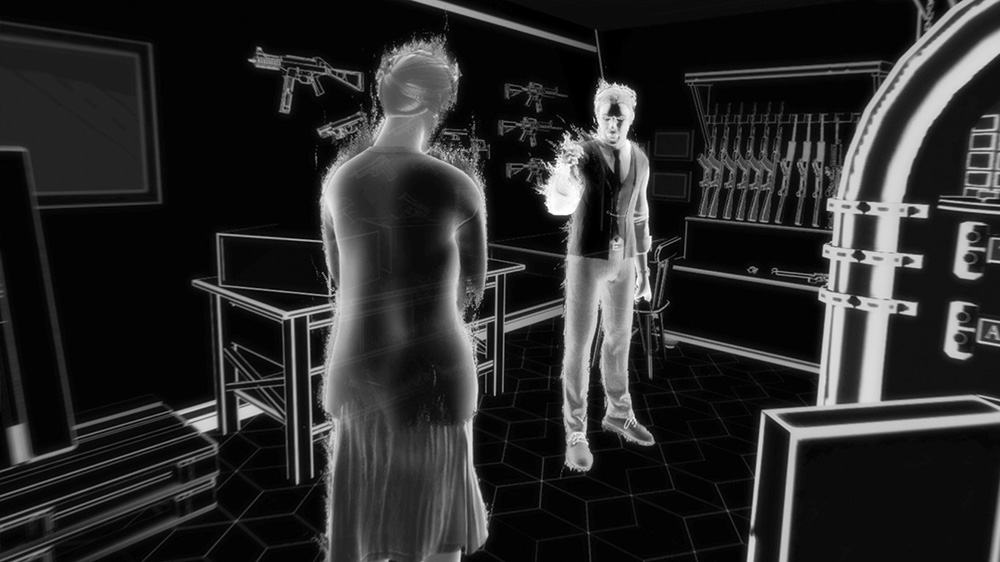
Your previous title – Omen Exito: Plague – was a compelling choose your own adventure experience. Talk a bit about how crafting compelling stories for VR differs from more traditional forms of interactive narratives.
Writers always say: “Show, don’t tell”. In how that relates to Blind, this could be translated in something like: “Immerse, don’t show”. From a philosophical standpoint, those are really similar concepts in different hardware contexts. What’s behind narrating a great story probably does not change that much between Omen Exitio and Blind. The difference dwells in the peculiar methodology you have to develop in order to grab the players’ attention, to evoke something that makes them part of your game, of the world you created for them. It is a thin line and you have to adapt constantly and keep on exploring new possibilities.
What has the feedback been like from players who have experienced Blind? Were there any particular reactions that surprised you?
Feedback has been mostly good for us so far. Players have enjoyed the game and found the experience compelling and unique in a way. The thing with feedback is that it is always useful and it makes you grow and it helps make your games better as time passes. We changed many things in Blind since it was shipped, we learned from our players, we watched them play the game on YouTube and we got a lot of love from the VR community.
The best thing though is taking the game to conventions and events, watching people’s reaction when they take the headset off and their friends make fun of them because of how bad they were in moving around Blind‘s mansion.
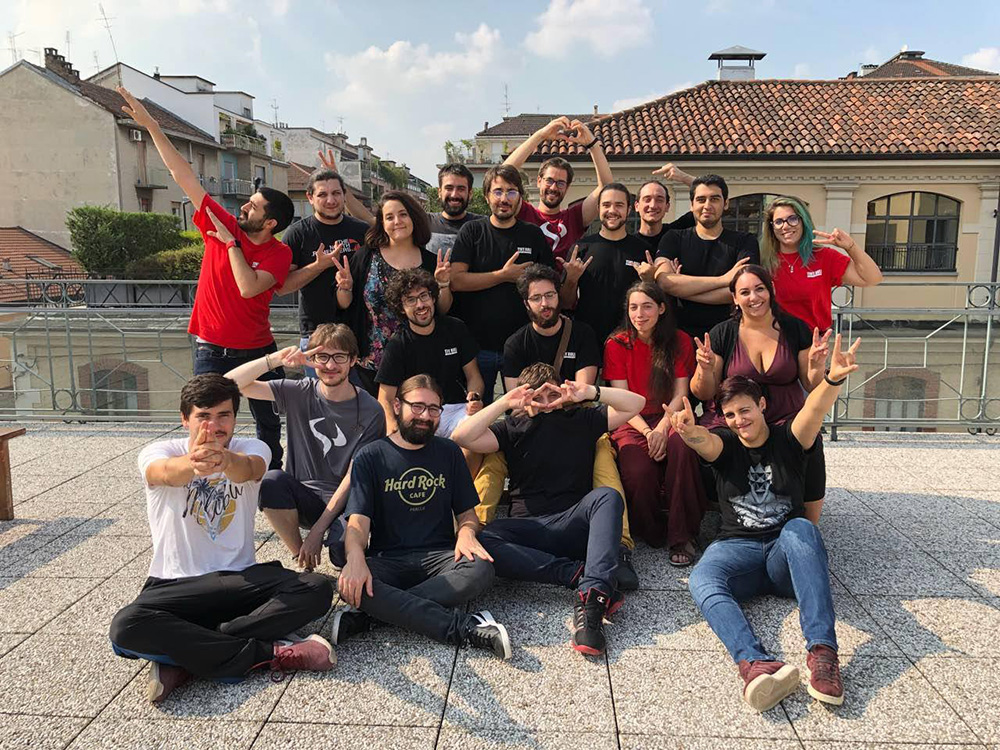
How many people were on the team throughout the development process? How long did it take to make?
Developing Blind took 3 years of work. It was a long time, but we had a lot to learn and a lot of mistakes to make. More or less 50 people worked on the project during those 3 years. Some came and some left throughout development, few were there from start to finish, but all of them were pretty amazing.
What do you ultimately want players to take away from their time with Blind?
There are many things that we would like the player to take away from Blind, but the most important is an idea we have: the idea that there are endless possibilities in video games, endless worlds to be explored, endless stories to be experienced. Blind is one of those worlds, one of those stories made by some guys in Italy who believed this game was important and somehow different, who grew up with it without letting it go. Games we make as indie developers become a part of who we are. Not everyone has to like Blind, but we hope we were able to communicate the effort that we put into making this game and why we care so much about it.
What’s next for Tiny Bull Studios?
We are currently working on a new game and some more digital game books with some new amazing features. Hopefully it will take less than 3 years, but we are pretty confident that all the things we learned will help us in this regard. Blind was just the beginning!
Thanks for chatting with us! We’re excited to see what you have cooking next.
Blind is now available on Viveport and via Viveport Subscription. Not a member? Start your free trial today!
